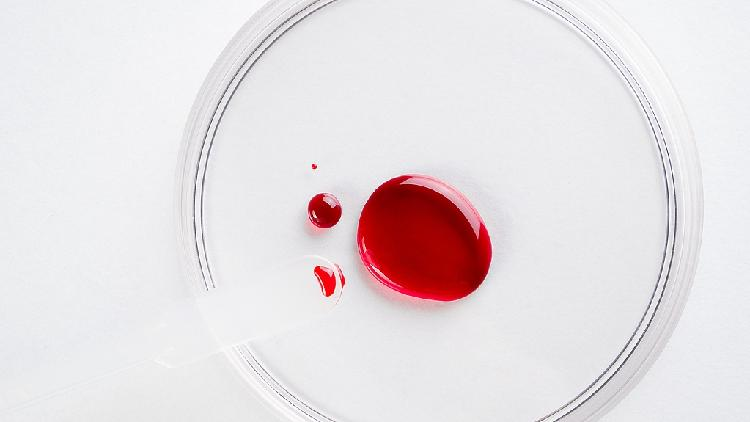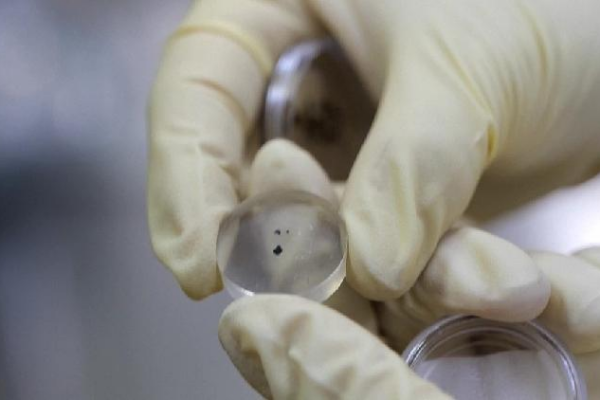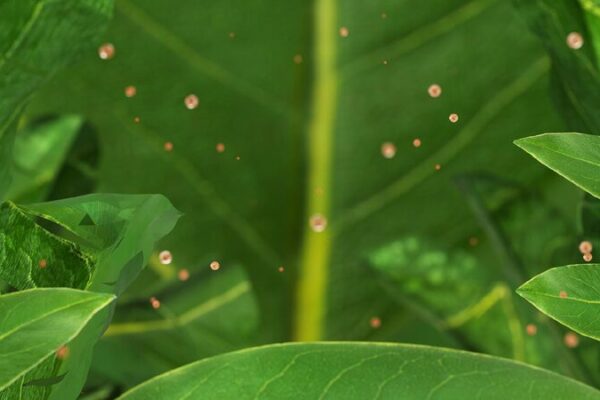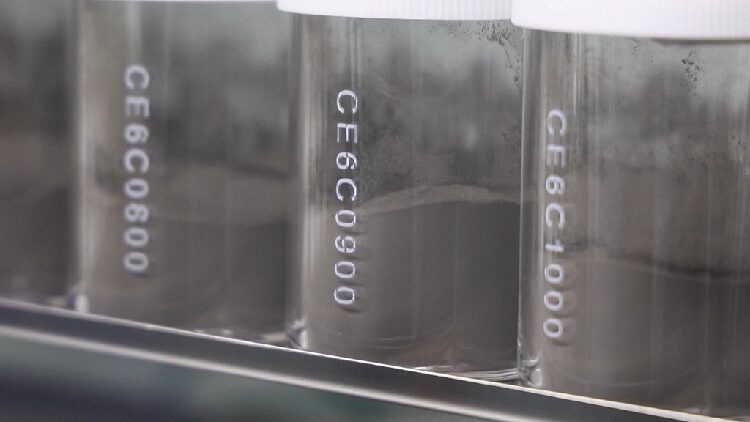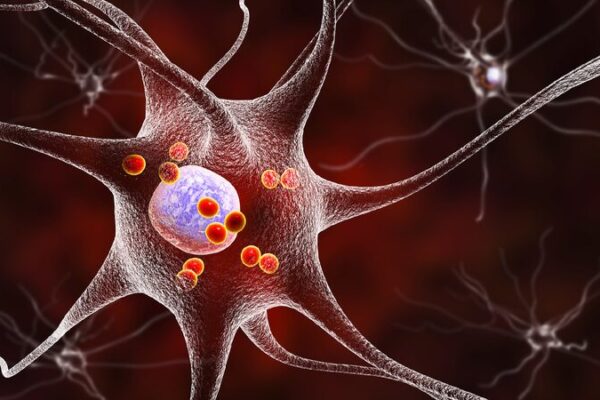A new study has revealed that a common water disinfectant used by millions worldwide may produce a potentially toxic byproduct.
Inorganic chloramines, compounds used to disinfect water supplies for over one-third of the U.S. population and millions globally, have been found to decompose into an uncharacterized product that could pose health risks.
Researchers led by Julian Fairey identified the mysterious compound, previously known only as the “unidentified product”, as chloronitramide anion. This compound was detected in all 40 samples of chloraminated drinking water tested, with concentrations reaching up to 100 micrograms per liter—exceeding typical regulatory limits for disinfection byproducts.
“The chemical structure looks concerning, as do the concentrations at which this compound is forming,” Fairey said. “We certainly think health effects studies are warranted.”
The study, published in the journal Science, calls for immediate quantification of this compound in public water systems and urges closer health and toxicity studies.
Chloramines have been increasingly used over chlorine to reduce certain byproducts linked to health issues like bladder and colon cancer, low birth weight, and miscarriage. However, the discovery of chloronitramide anion raises new concerns.
Fairey suggested that water utilities could consider switching back to chlorine but noted that this would require additional steps to neutralize known toxic byproducts produced by chlorine.
With regulatory action potentially years away, the researchers recommend that concerned individuals use home filtration systems with activated carbon blocks to reduce exposure.
Reference(s):
Study: Common water disinfectant creates potential toxic byproduct
cgtn.com


